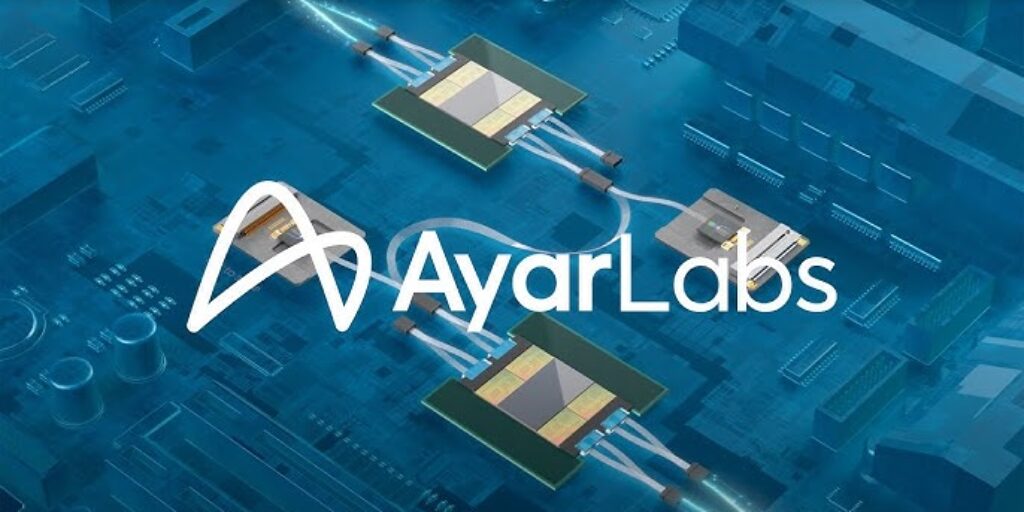SYDNEY, AUSTRALIA, May 9, 2023 — Q-CTRL, a developer of quantum control infrastructure software, announced the addition of Dave Kielpinski as principal quantum control scientist.
Kielpinski has spent the last 25 years in scientiic research projects. In 2002, he authored a foundational paper for quantum computing, which laid out the framework for the architecture of large scale ion trap quantum computers. This architecture arose from the first experimental demonstrations of trapped-ion quantum computation by Kielpinski and co-workers in the group of David Wineland. This work was foundational to the efforts now undertaken by ion trap quantum computing companies such as Quantinuum and IonQ.
“Bringing a quantum computing trailblazer like Dave onboard is a major addition for our team,” said Q-CTRL Chief Scientific Officer Michael Hush. “His research laid the foundations of modern quantum computing with trapped ions. Plus his industry experience in integrated photonics and machine learning opens new opportunities for us to demonstrate our capabilities.”
In his new role, Kielpinski will apply his scientific and research expertise to solving the toughest technical challenges facing the quantum industry and shape future capabilities in Q-CTRL’s AIpowered quantum infrastructure software suite. His background and expertise will help expand the range of hardware platforms supported by Q-CTRL’s software, building on the company’s globally unique track record of validation on real quantum computers.
Recognizing Q-CTRL’s major role as a critical enabler in the quantum tech ecosystem was the catalyst for Kielpinski’s decision to join the company. Q-CTRL develops state-of-the-art solutions to make quantum technology useful across key industries like financial services, pharmaceutical development and logistics optimization. As a machine learning scientist, Kielpinski has also developed AI algorithms to deliver transformational business value in earlystage drug discovery, next-generation optical communications and automated cybersecurity threat detection.
This alignment of skills and expertise could not be overlooked. Plus, Kielpinski has known and collaborated with several Q-CTRL leaders for decades, including CEO Michael Biercuk, Chief Scientific Officer Michael Hush, and Head of Quantum Sensing Russell Anderson.
“I am excited to join the Q-CTRL team because the future is bright for the company and the entire quantum tech industry. We are going to see a major change in how quantum is perceived by the wider community as quantum hardware takes over certain key computing tasks,” said Kielpinski. “Exactly when that happens will be down to both hardware improvements and, just as importantly, the ability to extract useful performance from that hardware through software. The second part is where Q-CTRL comes in.”
Based in Brisbane, Kielpinski has witnessed the rapid growth of Australia’s quantum community firsthand. Last week, the Australian Government released their first National Quantum Strategy, which sets a long-term plan for Australia to reach its full potential, along with meaningful support from the public sector. According to Australia’s national science agency, CSIRO, an analysis forecasts quantum technology will “reach over two billion USD and generate more than 16,000 high-value jobs in Australia by 2040.”



